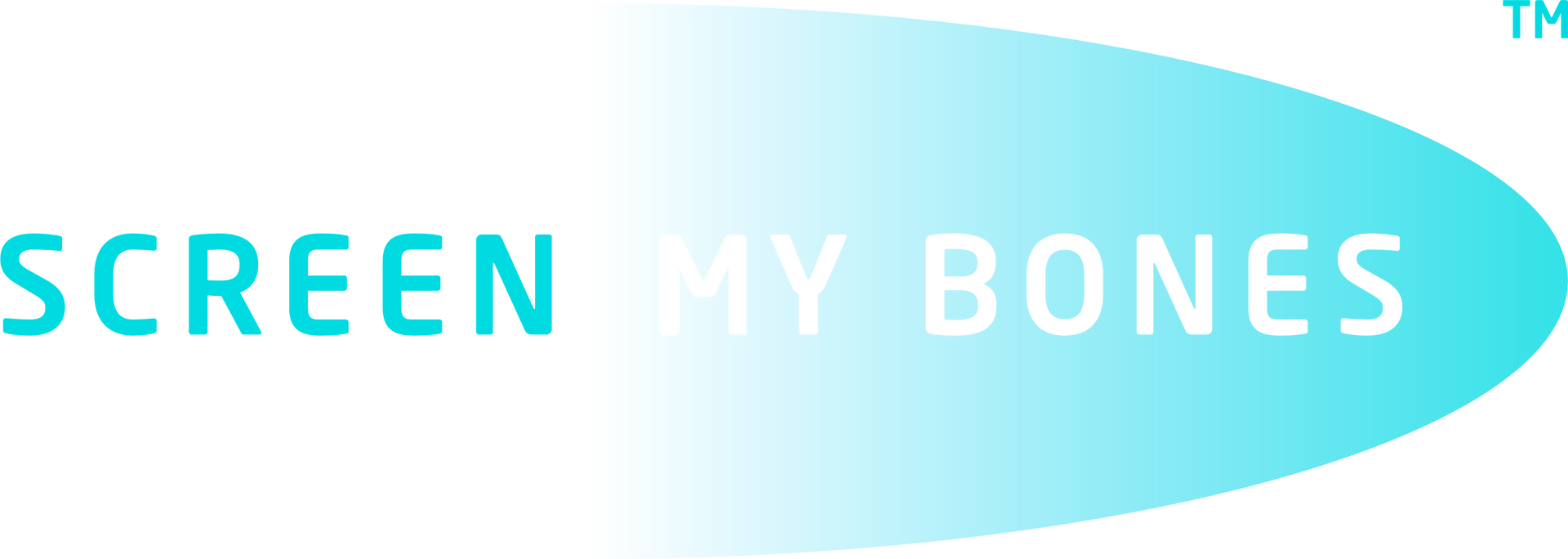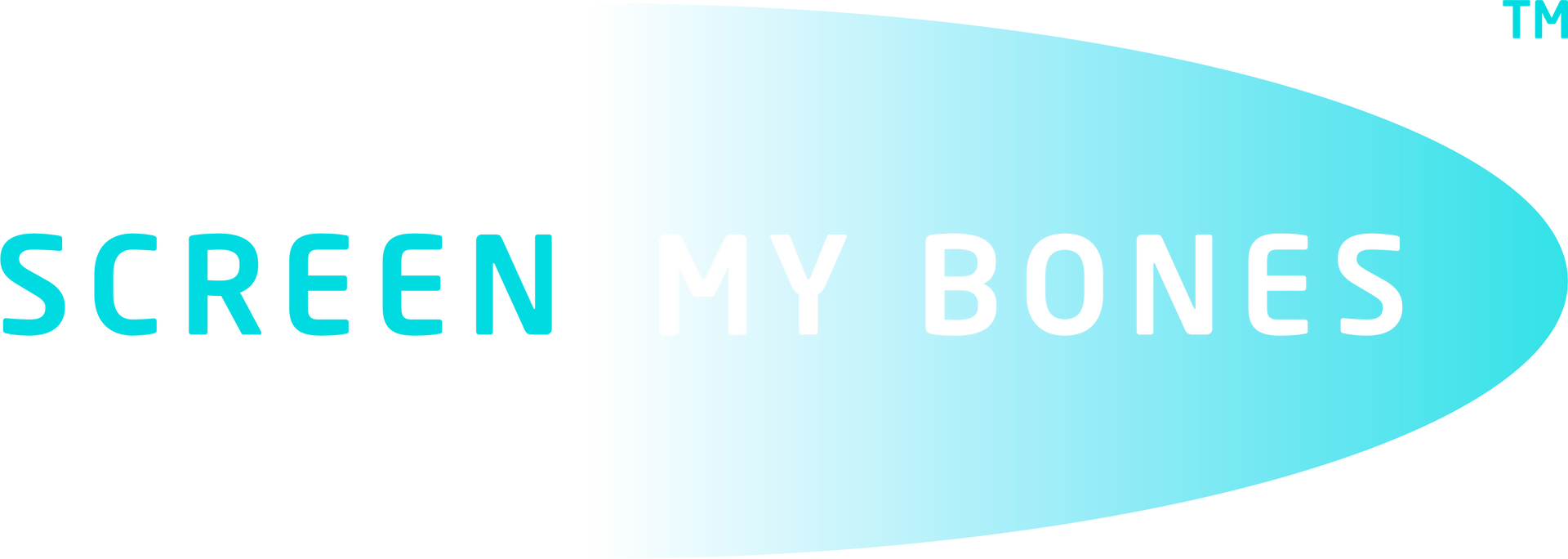Share post...
When it comes to assessing bone health and risk of osteoporosis, medical technology offers several methods, with REMS (Radiofrequency Echographic Multi Spectrometry) standing out as a significant advancement. This non-invasive technique measures bone density and provides valuable data through the T-score, a crucial indicator of bone health. Understanding what your T-score signifies can help you make informed decisions about managing and improving your bone health. In this blog we will break down the meaning of your T-score from a REMS scan and its implications for your overall well-being.
What is REMS?
REMS (Radiofrequency Echographic Multi Spectrometry) is a recent technology that evaluates bone density using radiofrequency waves and echographic analysis. This method is praised for its precision and the advantage of being radiation-free compared to traditional bone densitometry methods like DXA scans. REMS provides a detailed image of bone quality and density, crucial for diagnosing osteoporosis and other bone-related conditions.
Understanding the T-Score
The T-score is the statistical measure obtained from a REMS scan, indicating how your bone density compares to that of a healthy 30-year-old adult, which is considered the age of peak bone mass. Here’s how the T-score is categorized:
Normal - A T-score of -1.0 or above suggests your bone density is considered normal and comparable to a young healthy adult.
Osteopenia (Low Bone Mass) A T-score between -1.0 and -2.5 indicates osteopenia, a condition where bone density is below normal and may lead to osteoporosis if not addressed.
Osteoporosis - A T-score of -2.5 or lower is indicative of osteoporosis, a disease characterised by significant bone loss, increasing the risk of fractures.
Why Your T-Score Matters
Your T-score is a critical factor in assessing your risk for fractures and the state of your bone health. This measurement helps:
- Identify Deterioration Early:
Early detection of low bone mass (osteopenia) can lead to interventions that may prevent the progression to osteoporosis. - Tailor Treatment Plans: Depending on your T-score, you have non invasive options to increase your bone density.
Our advisors can help you to decide which option would be good for you and also you can ask your healthcare provider to recommend specific lifestyle changes, or dietary adjustments to help improve your bone density.
Medications are available and often prescribed but as with all medications you will need to work out the risk vs benefit and ask an expert about the research.





